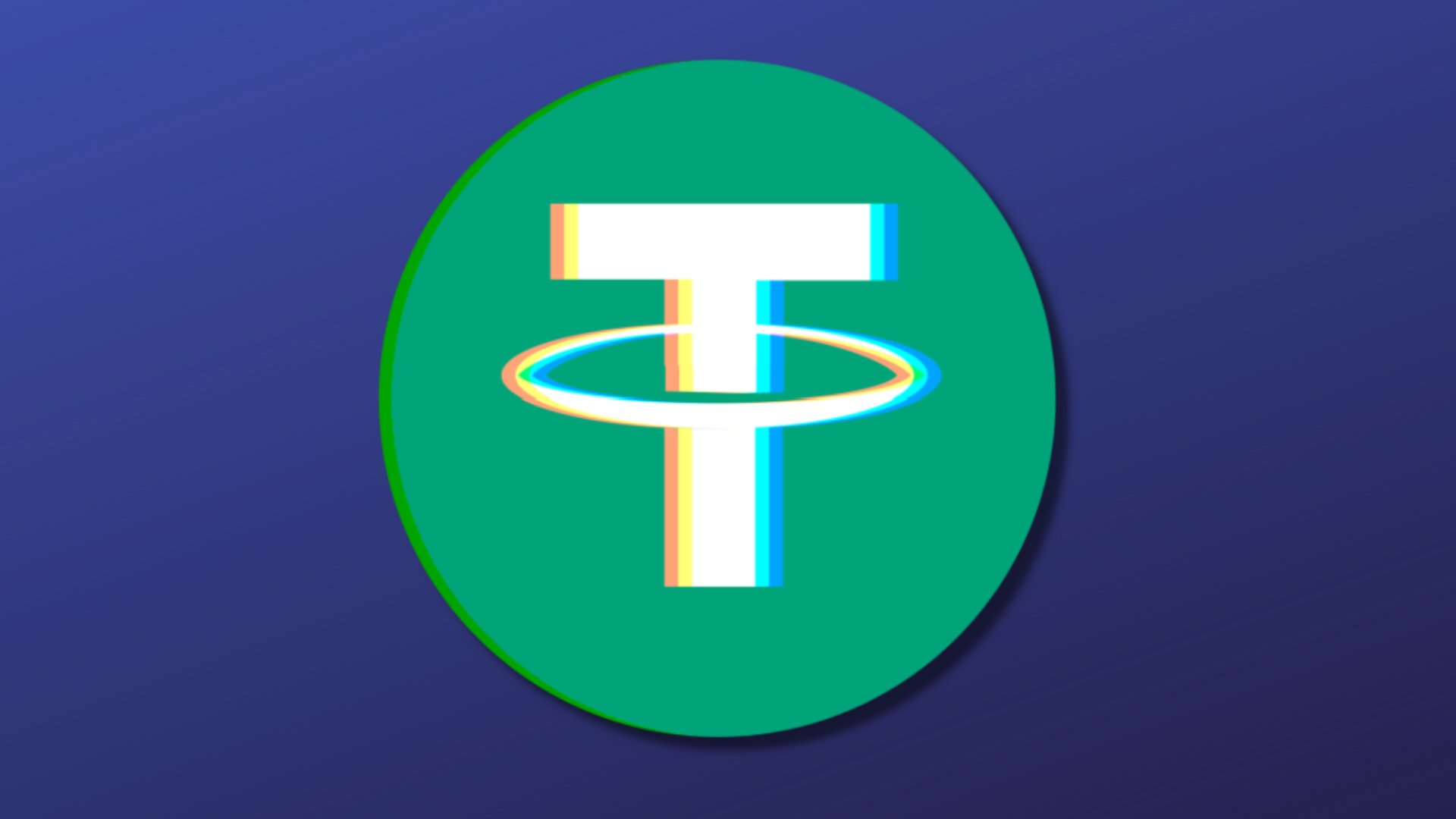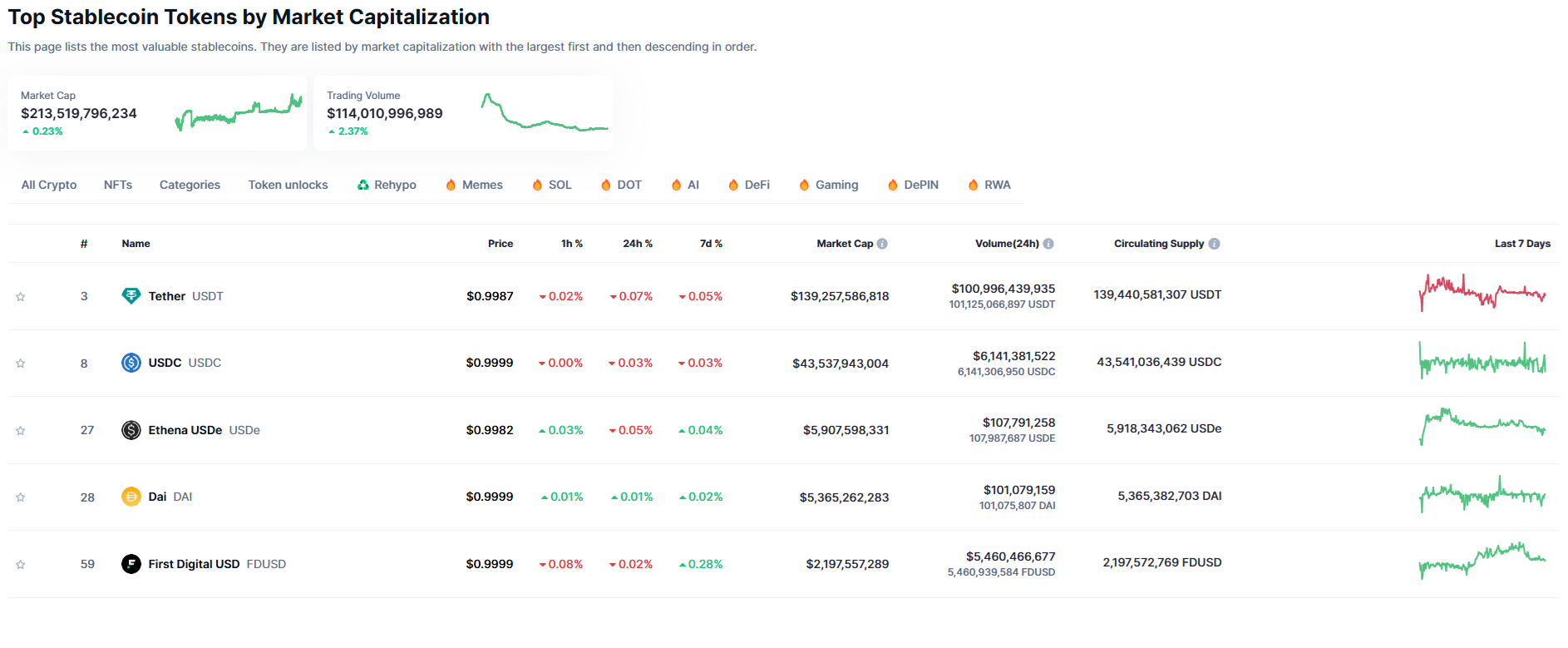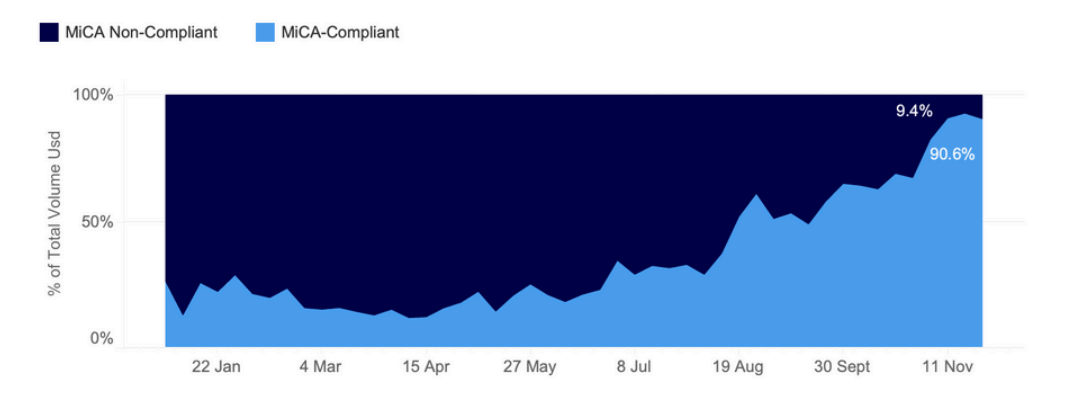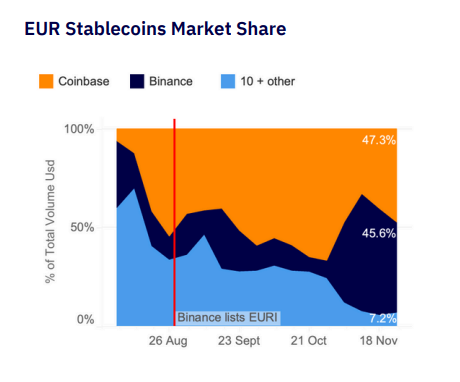USDT delisting in Europe: Reasons, Consequences, and Forecasts
One of the most discussed topics of the outgoing year has been the delisting of the stablecoin USDT on all cryptocurrency exchanges in Europe by December 30, 2024. The initiative has sparked widespread resonance and raised many questions within the crypto community. Today, we will explore how the delisting of USDT may impact the market, the risks investors may face, and the prospects awaiting the industry.

Why is USDT being delisted?
The main reason for the delisting of the stablecoin USDT lies in the new European Union requirements under the MiCA (Markets in Crypto-Assets) regulation.
MiCA is a cryptocurrency regulatory law adopted in September 2024. It aims to ensure the protection of digital market investors and combat money laundering. On the one hand, these measures serve noble purposes by reducing investor risks and preventing illegal activities. On the other hand, they may cause liquidity issues and increase costs for exchange clients.
Pascal Saint-Jean, CEO of 3iQ Corp, notes: "Most cryptocurrency transactions are conducted in USDT, primarily due to its ease of use and low fees. Therefore, investors will have to exit USDT pairs to buy the same asset traded with another stablecoin, leading to disruptions."
What does MiCA require?
MiCA introduces strict requirements for stablecoin issuers (companies that release cryptocurrencies), including the need for a license to issue and circulate such assets within EU countries. The rules apply to both cryptocurrency exchanges and stablecoin issuers. Key requirements include:
- Full disclosure of stablecoin reserves;
- Liquidity guarantees;
- Compliance with safety and data protection standards;
- Registration and licensing within the European Union jurisdiction;
- Cooperation with law enforcement agencies.
What prompted the decision to delist USDT?
Despite USDT's popularity and Tether's lack of full reserve transparency, EU regulators have considered the stablecoin a potential risk to financial stability for several years.
Currently, Tether does not meet the new MiCA requirements. As a result, all cryptocurrency exchanges in the European Union are required to remove USDT from their listings by December 30, 2024.
It is worth noting that Tether has not ignored this initiative. In early December 2024, it ceased supporting the EURT stablecoin and, on December 17, invested in the stablecoin issuer StablR. This strategic investment aims to introduce regulated stablecoins EURR and USDR to the European market.
"Investments in StablR demonstrate our support for the European digital asset ecosystem," said Tether CEO Paolo Ardoino.
Moreover, Tether has partnered with Quantoz Payments to issue EURQ and USDQ stablecoins on the Hadron platform.
How will USDT delisting affect the market?
The delisting of USDT from European exchanges could significantly impact traders and the cryptocurrency market. Let’s examine the main consequences:
Reduced Liquidity
USDT is the most popular stablecoin in the cryptocurrency market. Most trading pairs on exchanges use USDT as the base asset. Therefore, the delisting of Tether may lead to a significant drop in trading volumes and complicate users' ability to conduct trading operations.
Increased Popularity of Alternative Stablecoins
After USDT is delisted, traders will be forced to seek alternative stablecoins, such as USDC from Circle. These assets have already started gaining popularity due to their adaptation to European standards. However, this may create additional challenges for investors in the form of increased fees.
Market Volatility
The removal of USDT from listings could lead to increased volatility, especially in trading pairs where USDT previously served as the main currency. Strong price fluctuations could result in losses, prompting investors to revise and adapt their trading strategies accordingly.
Globally, Europe risks undermining its competitive advantages in the cryptocurrency space and losing a significant portion of interest from investors who have chosen the region for their activities. Additionally, some analysts believe that stricter cryptocurrency regulations will significantly weaken Europe’s position in the global market.
The State of the Stablecoin Market
According to CoinmarketCap, the total capitalization of stablecoins in the cryptocurrency market exceeds $200 billion. USDT accounts for more than $139 billion, while USDC holds over $43 billion.

Despite potential challenges, the volume of stablecoins that comply with MiCA requirements is growing. According to a study by Kaiko in collaboration with the Dutch cryptocurrency exchange Bitvavo, stablecoins such as EURC issued by Circle, EURCV from Societe Generale, and Eurite (EURI) from Banking Circle S.A. captured 91% of the market in 2024.

The cryptocurrency exchange Binance nearly matched Coinbase after adding the EURI stablecoin in the summer of 2024.

Meanwhile, Coinbase remains the main player, holding 47% of the market share.
Risks for Market Investors and Traders
Transitioning to less widespread stablecoins or other cryptocurrencies comes with significant risks, including:
- Higher transaction fees;
- Lower liquidity compared to USDT;
- Complicated access to familiar trading tools.
Forecasts and Long-Term Prospects
Although the delisting of USDT is a major event for the crypto market, its long-term consequences may be less dramatic than anticipated. Here are some potential scenarios:
- Strengthening of USDC's Position: Thanks to its compliance with MiCA requirements, USDC could become the dominant stablecoin in Europe.
- Potential Return of USDT: If Tether adapts to new regulatory standards, USDT could quickly return to European exchanges.
- Increased Interest in Decentralized Stablecoins: The prospect of higher demand for decentralized stablecoins such as DAI, USDe, or FDUSD could drive their development and strengthen their market positions.
Conclusion
The delisting of USDT from European cryptocurrency exchanges is a significant event that highlights the growing role of regulators in the crypto industry and their efforts to create a safer, more transparent environment for market investors. On the other hand, many investors and traders believe that MiCA requirements will inevitably lead to several serious challenges, including reduced liquidity, decreased anonymity, and excessive regulation.

